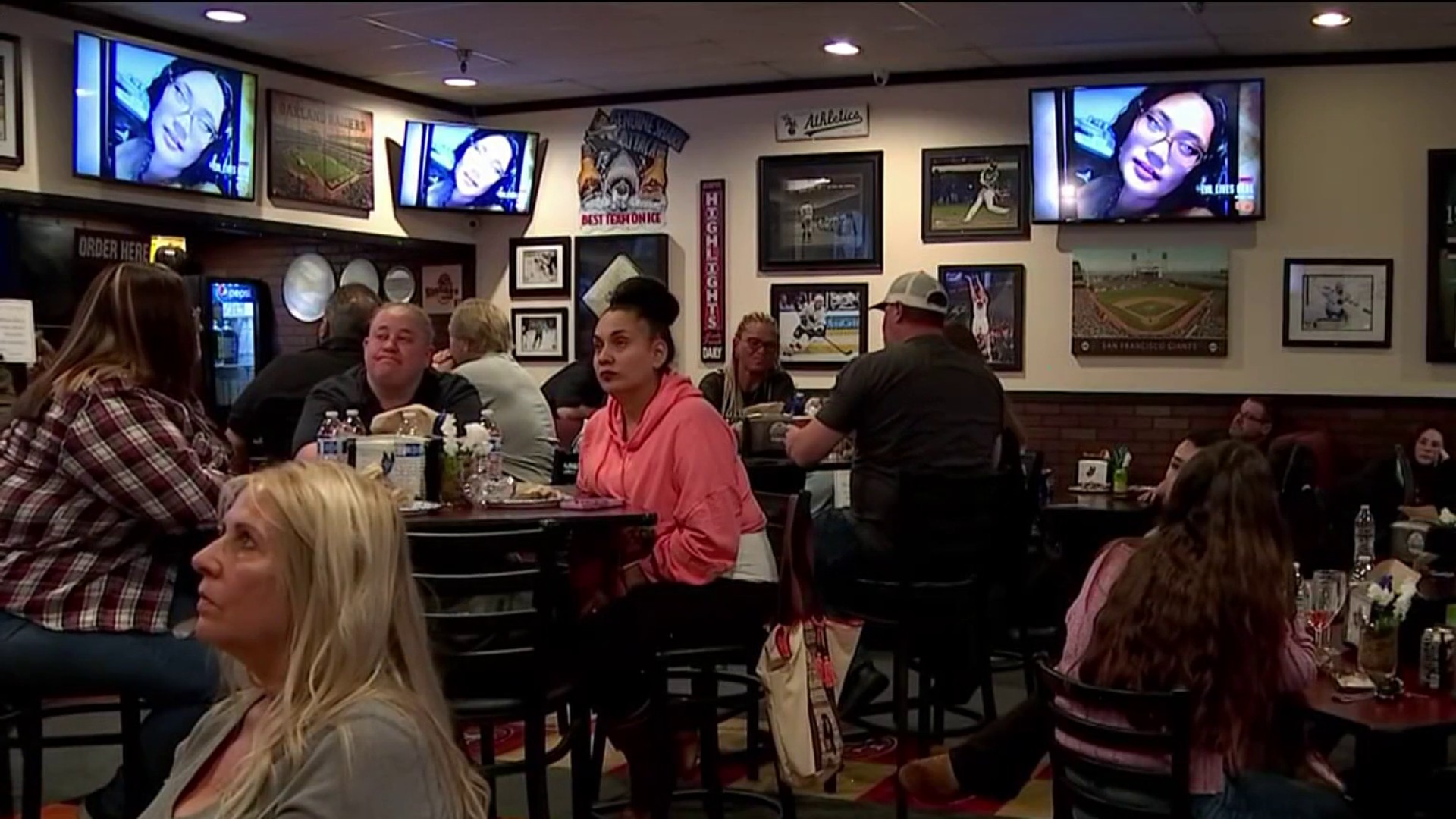On a recent day, a battalion of some 50 elementary school students padded down a dirt road in rural Sonoma County, the din of excited voices joining a choir of singing birds and babbling streams. On the banks of the Tully Creek Ranch, they gathered in a circle to hear out the day’s instructions - before taking up hoes and shovels and setting to the business-at-hand.
It’s a scene that has played-out many, many times since 1993, the year school teacher Laurette Rogers decided her students would learn more about nature-in-peril by getting their hands dirty - eschewing the classroom for a Sonoma County ranch where they planted trees and shrubs.
“We found out that the best way to help endangered species,” said Rogers, “is to do habitat restoration.”
That year, Rogers founded the program that would go on to become STRAW, Students and Teachers Restoring A Watershed, which takes students out to Sonoma ranch lands and watersheds to plant greenery along shores - preventing erosion and creating habitat for birds.
“One of the things I love best about the restoration,” said Rogers eyeing a group of students from Novato’s Loma Verde Elementary, “is that you can feel the joy and satisfaction in the air.”
Last week, as students took up hoes and shovels to plant buckeye and live oaks along the meandering stream - there was perhaps even more joy than usual -- it marked the 500th restoration day since Rogers founded STRAW.
“We’ve restored about 35 miles of creek bank at this point and wetlands as well,” Rogers said, proudly ticking off the group’s achievements. “About 40 thousand students, kindergarten through high school have worked on these projects through the years. Probably at this point we’ve planted about 40 thousand native trees and shrubs.”
Local
Working in groups, Loma Verde students chiseled at the tough embankment, lifting out chunks of clay before dropping a trio of oak seeds into each hole, which was protected by a cylindric metal cage to guard against gophers and rabbits. Second-grader Nikolai Tvedten Posada watched his group laboring over the small crater it scratched into the earth.
“I feel like it feels really good to make more trees and more plants,” said Tvedten Posada, “to make more survival.”
John Parodi, who worked for STRAW and its umbrella organization Point Blue Conservation Science for 16 years, visited the working groups, giving a final inspection of the digging and planting.
“Seeing the kids out here and how much fun and how productive they are,” said Parodi, “and the feeling of hope that they bring is really just incredible.”
After several hours, capped by a creek-side lunch, the students and their teachers ambled back down the dirt road, leaving a field of colored flags marking the sites of future oak trees.
An exhausted Rogers sat with her team, chatting about the day’s work and watching the students head toward their bus.
“I just really can’t believe we’ve completed 500 restorations,” she said.



